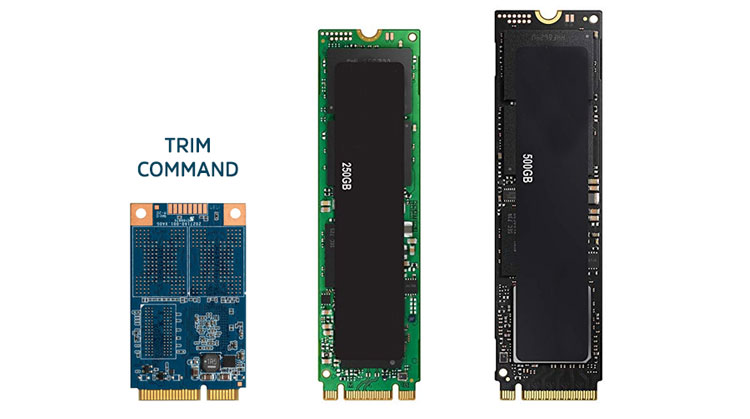
They also said they’d rather steer clear of the recent ten-chip SSDs, and they won’t do anything about encryption.ĭid I say encryption? It could be easier than you think. We asked our partners from a forensic data recovery lab, and they told us they can do a four-chip SSD in a matter of two weeks. Until very recently your only way of accessing deleted evidence on an SSD would be taking the chips off and performing a labour-intensive, time-consuming (let alone extremely expensive) chip-off analysis. 5 to 15% of the physical storage capacity is dedicated for a non-addressable pool any data one deletes from the SSD that is subsequently trimmed by the OS can go straight into that pool, without any chance of accessing or even addressing the blocks. One more thing: your SSD has more storage capacity than it says on the box. Image the SSD, and you won’t find anything in the “empty” areas – even if the actual data was still there at the time of the imaging. Just power on the SSD, and it’ll start background garbage collection, erasing trimmed blocks even if you connected it through a write blocker. They are different in handling deleted data, wiping evidence irreversibly in the background like they were criminals’ best friends.

In the good old days of striped magnetic recording, one could delete a file and rest assured its content was still there until overwritten at some (hopefully distant) moment in the future not so on an SSD. They are weird in the way they write data, and even weirder in the way they delete information. Many thanks to Roman Morozov, ACELab technical support specialist, for sharing his extensive knowledge and expertise and for all the time he spent ditching bugs in this article.


 0 kommentar(er)
0 kommentar(er)
